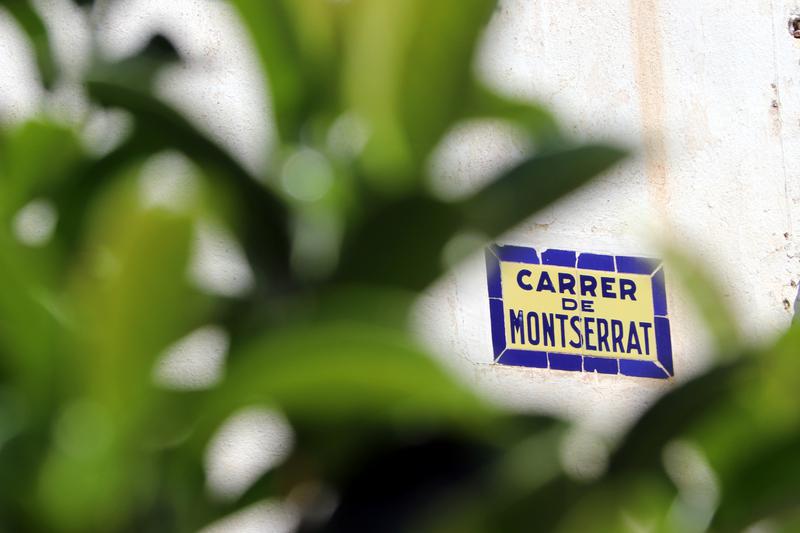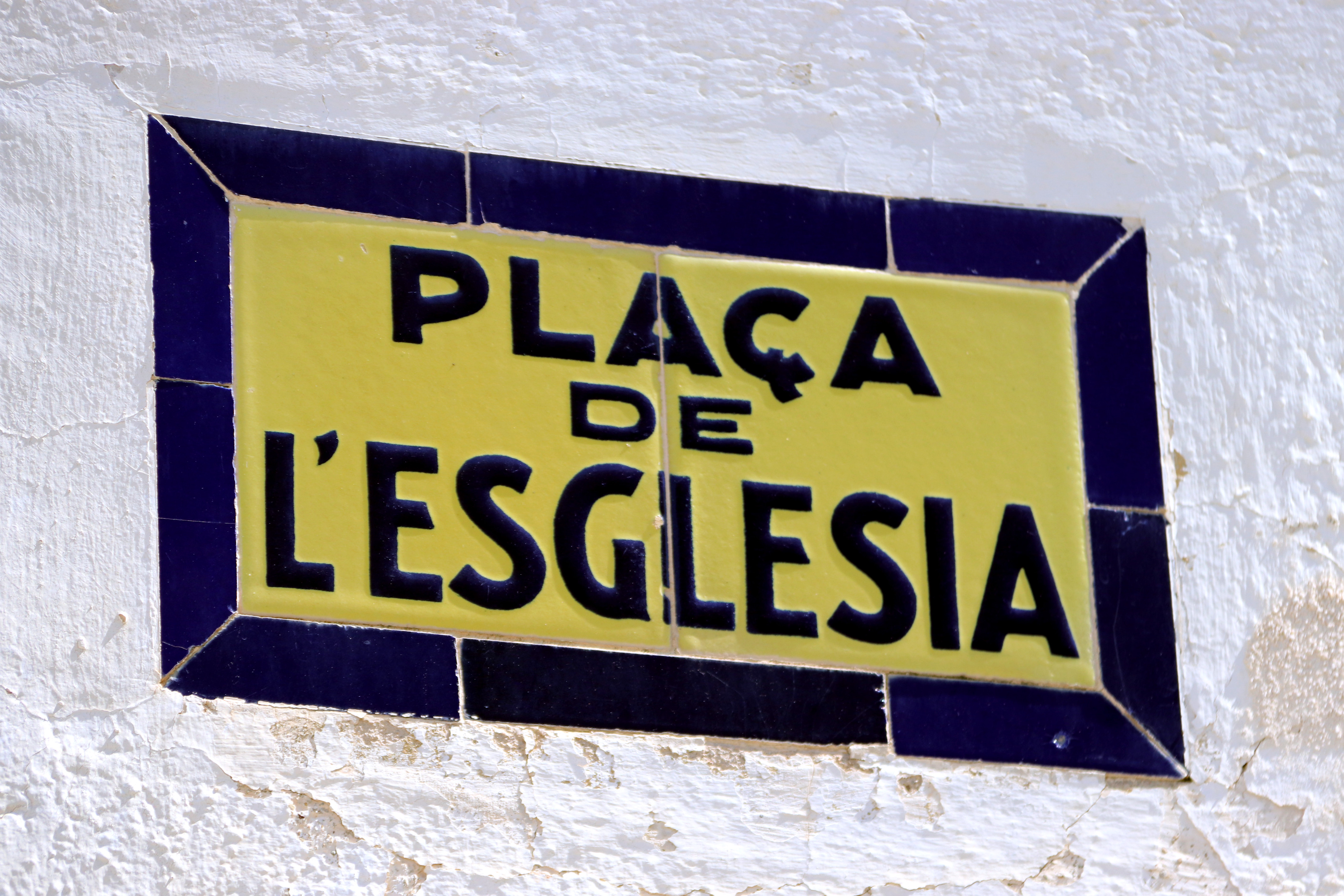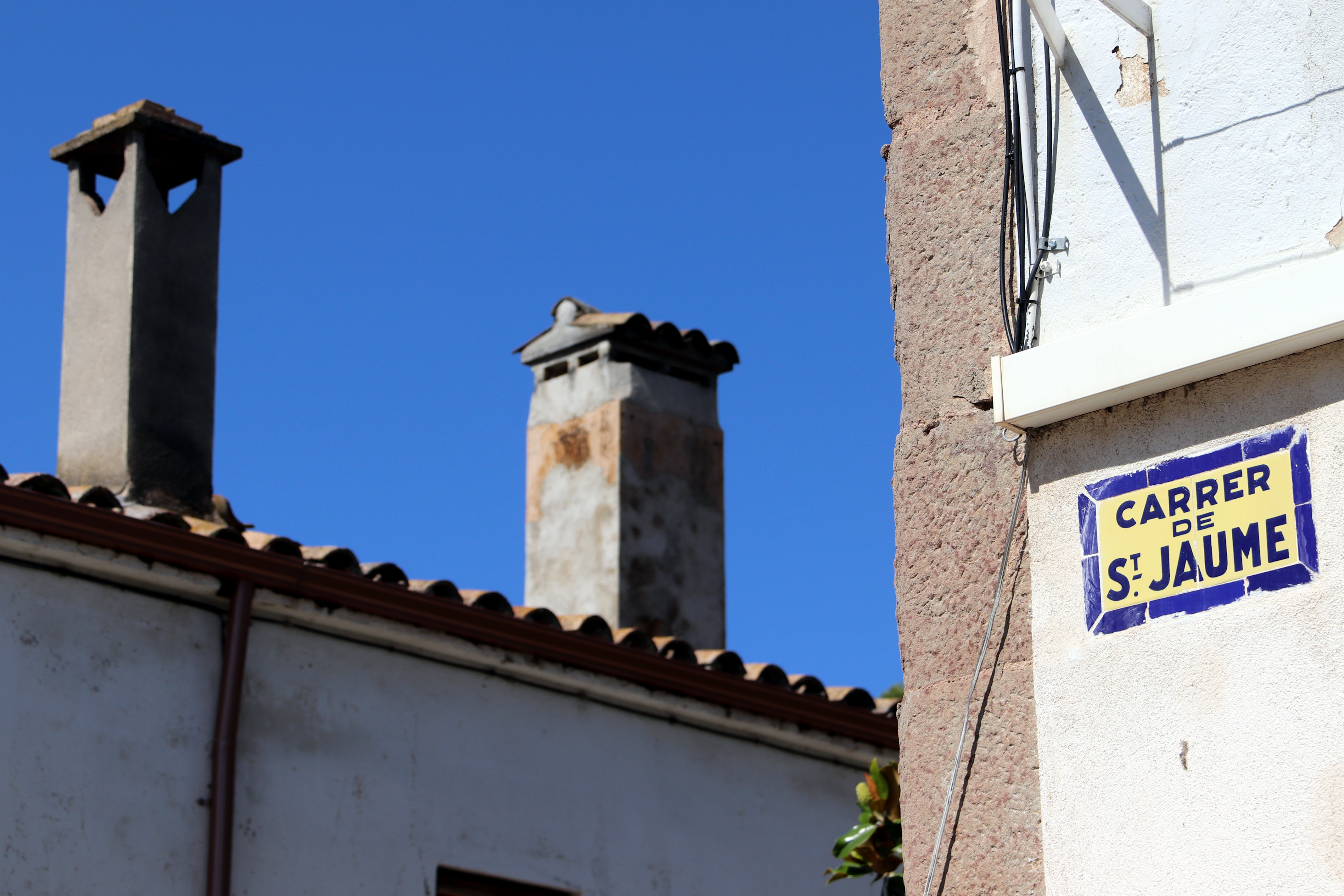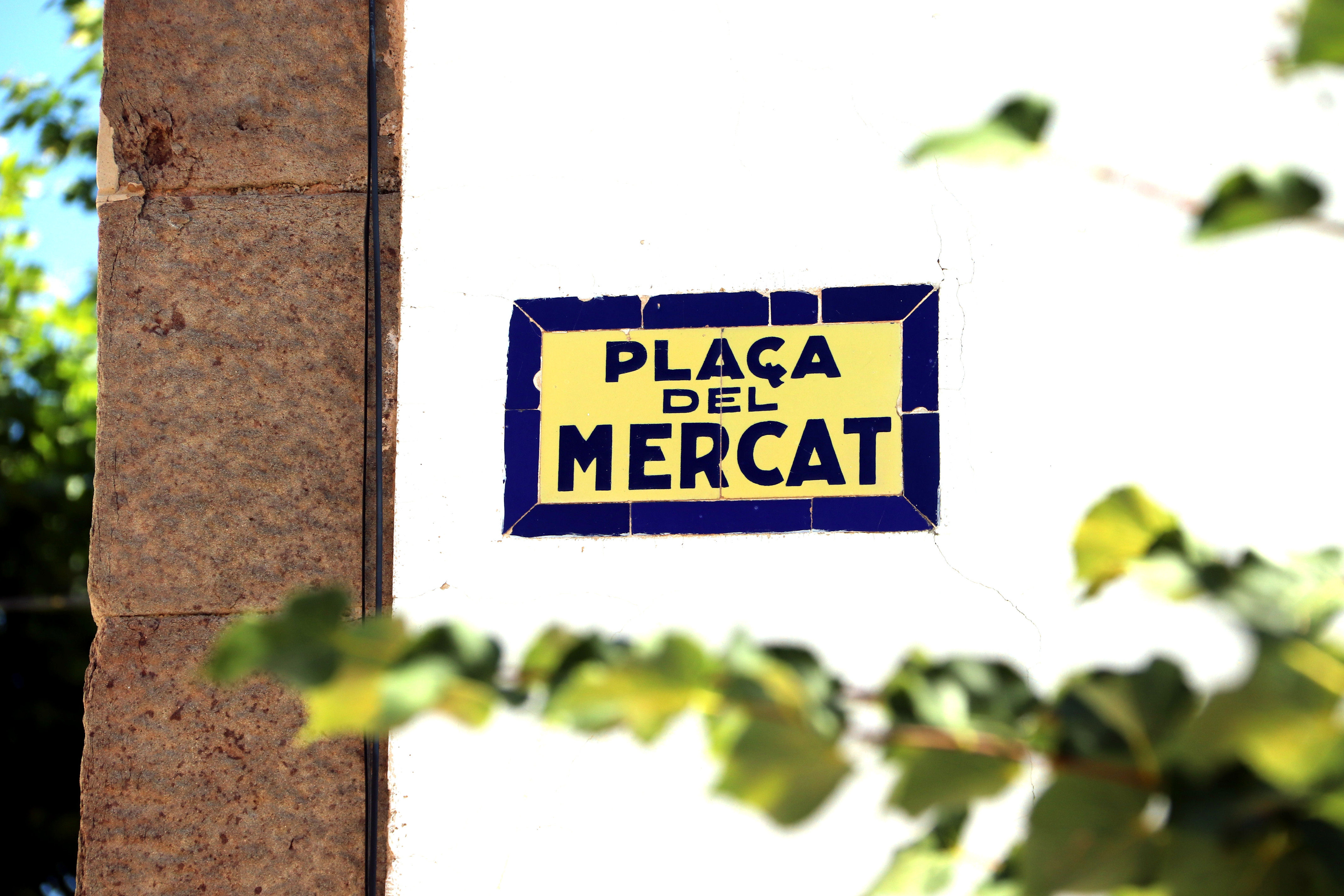Most common street names in Catalonia: From Montserrat to pines and nightingales
Natural landmarks and elements such as the Ter River, Tramuntana wind, roses, and trees also inspire many street names

Main, Church, and Catalonia are the most common street names across Catalonia, according to data from the Catalan Cartographic and Geological Institute (ICGC) analyzed by Catalan News.
The territory has more than 106,000 officially registered streets, covering all types of public ways. Streets make up about 70% of the total, followed by squares (10%), passages and avenues (each around 5%), as well as paths and other types.
Interestingly, nearly half of all these streets and ways are unique, meaning their names appear only once across the entire territory. Some standout examples include Àvia Catalana (Catalan Grandmother) Street in Palafrugell and American Lake Passage in Gavà.
Among the most popular names, Font (Fountain) Street ranks fourth, with over 500 instances, followed closely by Nou (New) Street, with nearly 500 as well.
Contrary to popular belief, the most common street names are not named after historical figures or celebrities.
"Street names often arise naturally and spontaneously out of a need for locals to identify places," said Miquel Parella, head of Toponymy at the ICGC, in an interview with Catalan News.
However, as towns and cities expanded rapidly in the 19th century, and the supply of organic names dwindled, local councils began to formalize the naming process. That’s when naming streets after people, especially personalities and saints, became common.

One notable example is Pau Casals Street, dedicated to the renowned Catalan cellist and composer, which is now the sixth most common street name with over 400 instances.
Other frequently honored figures include writer Jacint Verdaguer, former Catalan president Lluís Companys, and among the few women represented, author Mercè Rodoreda, who has 138 streets named after her.
Despite these examples, the gender gap is striking. Of the 500 most common street names, only 9 are named after women and 14 after female saints—compared to 72 named after men and 37 after male saints.
In total, 82.6% of all streets named after individuals honor men—whether saints or secular figures—while only 17.4% are dedicated to women.
For more detailed insights into the most celebrated figures in Catalan street names, as well as the gender breakdown, you can read the full article here.

Montserrat mountain, Ter river and tramuntana wind
One of the most influential factors in naming streets in Catalonia is geography, particularly natural landmarks such as mountains, rivers, and even winds.
Montserrat, Catalonia's iconic mountain and the spiritual home of La Moreneta, the Virgin of Montserrat and patron saint of the region, is the most referenced natural feature in street names.
There are 470 streets bearing the name Montserrat across the territory. Half of these refer directly to the mountain itself, while the other half reflect its religious significance.
The name is especially common in areas close to or with a clear view of the Montserrat mountain range. In regions like Bages and Alt Penedès, for example, Montserrat is the third most popular street name.

Similarly, Montseny, another prominent mountain range, is referenced in 244 street names, making it the second most frequent mountain-related name. It's the most common street name in Vallès Oriental, and also widely used in Osona and La Selva.
Rivers are also strongly represented in Catalan street names. The Llobregat River, the second-longest in Catalonia, flows from the Pyrenees to the Mediterranean Sea near Barcelona and lends its name to over 100 streets.
Winds, too, play a significant role in street naming. The Tramuntana wind, a powerful north and northeastern wind that originates “from beyond the mountains” (the Pyrenees), has left a clear mark, with 233 streets bearing its name. It's the third most common street name in both the Alt Empordà and Baix Empordà regions of Girona, where the wind is strongest.
In fact, all winds that blow across Catalonia have a presence in local street names, often in the neighborhoods or zones where each wind is most prevalent. Winds such as Llevant (east wind), Garbí (southwest wind), Mestral (northwest), Xaloc (southeast), Marinada (sea breeze), Gregal (northeast), and Llebeig (southwest) are each represented by dozens of streets throughout the region.
Trees, plants, and animals
Trees, plants, flowers, and animals have also left a strong imprint on the street names across Catalonia.
Among trees, the pine tree (pi) stands out as the most frequently honored, with over 300 streets named after it. In the Garraf region, it's the third most common tree-related street name. Other trees commonly referenced include the oak (roure) and the olive tree (olivera), both important symbols in Catalan landscapes and culture.
When it comes to plants and flowers, the rose and the rosebush (rosal) are the most celebrated, with over 250 streets bearing their names. These floral references are especially common in the Ripollès, Alta Ribagorça, and Alt Urgell counties, all located in the Pyrenees.

Natural phenomena also play a role in shaping street names. The sun (sol) appears in over 200 street names, while the sea (mar) is referenced in more than 100, primarily in coastal towns where the Mediterranean shapes local identity.
Though animal references are less common, they are still notable, especially when it comes to birds. The nightingale (rossinyol) is the most frequently mentioned, followed by the swallow (oreneta) and the partridge (perdiu).
There are only two mammals with a significant street name presence: the squirrel (esquirol) and the hare (llebre), each with around 20 streets named after them.
Catalonia, Barcelona and Empordà
In addition to personalities, physical descriptions, and natural elements, geographical references are also a major source of inspiration for street names across Catalonia.
The most referenced place is Catalonia itself, making it the third most common street name in the entire territory. The difference between Catalonia and other place-based references is significant: while Catalunya appears in hundreds of street names, Spain comes second in terms of country references, but only with 73 streets.
Neighboring countries follow at a distance: Andorra and France have around 50 streets each named after them, while Portugal appears in about 25. Other countries like Italy, Mexico, Argentina, Luxembourg, and Belgium each have around 20 streets bearing their names.
When it comes to cities, Barcelona leads by far, with 337 streets named after the Catalan capital. The other three capitals of Catalonia’s provinces follow: Lleida (307), Girona (283) and Tarragona (265).

References to Catalan counties also appear frequently in street names. The most mentioned is Empordà, in the province of Girona, with 142 references. It is followed by Cerdanya, located in the Pyrenees, with over 100, and then Maresme and Priorat, each with nearly 100.
To learn more about Catalan street names, listen to this episode of our podcast Filling the Sink.